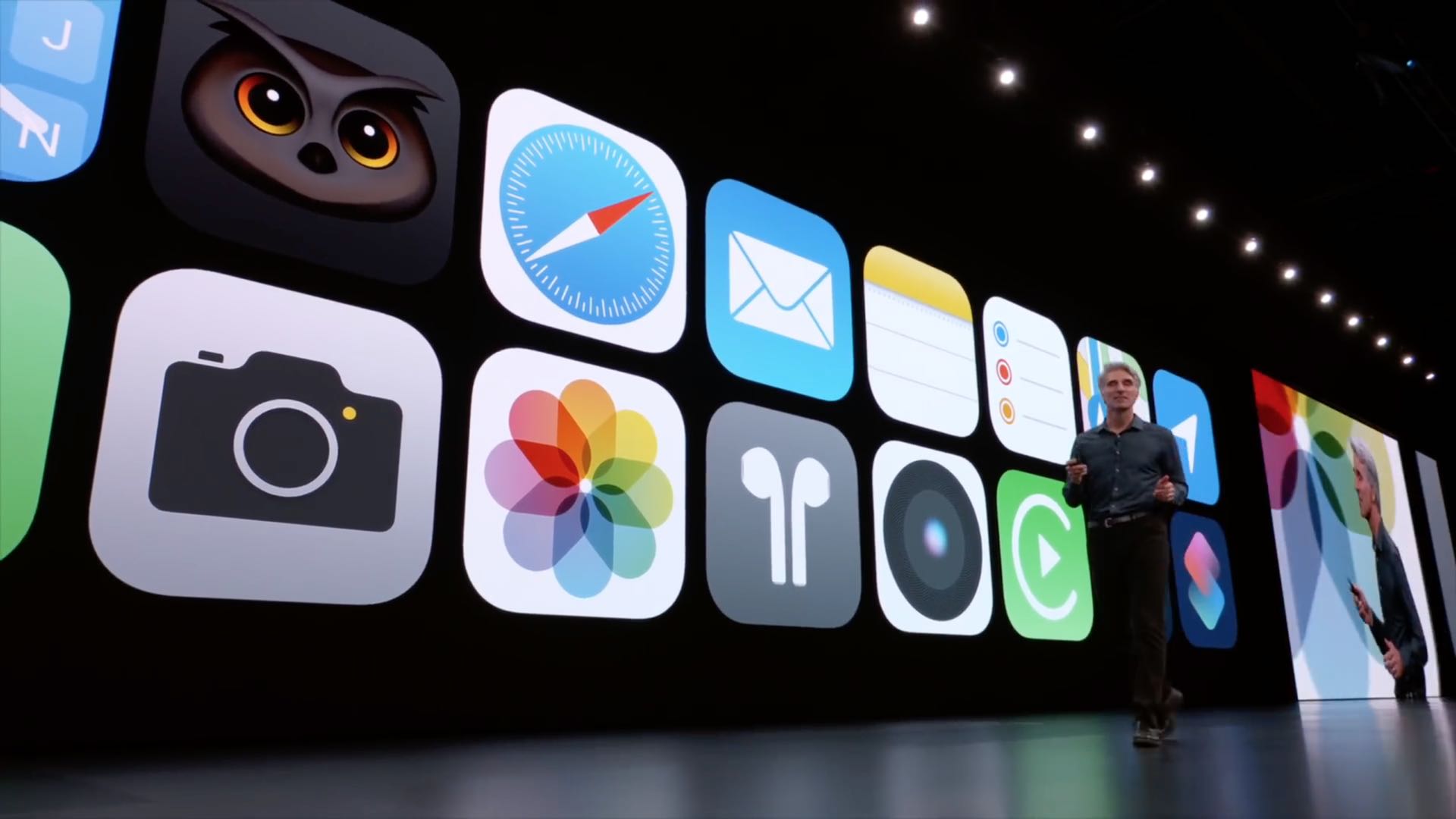
Apple pushed the iPhone, the iPad and even the iPod touch in new directions in 2019. After almost 10 years, the iPad’s finally worth its own operating system. Last year Apple pushed iOS in new directions, so what’s in store for this year?
Looking back on 2019:
iPad Air and iPad mini 5 go Bionic
iPod touch: Retro look, updated hardware
iPhone 11’s photo finish
iPad grows
Welcome to 2020
iPad Air and iPad mini 5 go Bionic
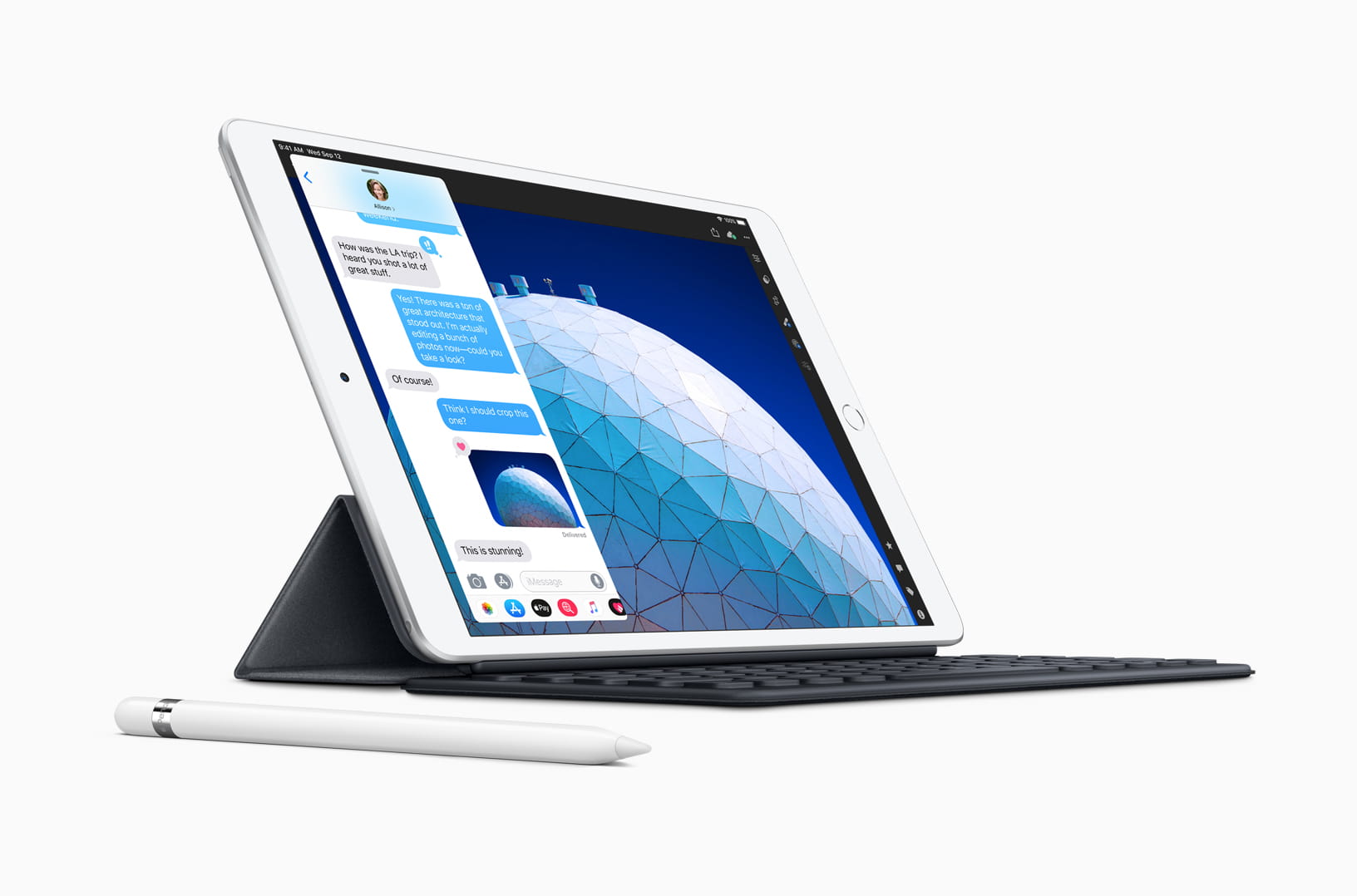
Four years had passed since the previous-generation iPad mini had last been touched, and the smaller form factor iPad was more than ready for a refresh, especially one that brought Apple Pencil support to the iPad mini for the first time. With the A12 Bionic processor inside, the iPad Air and iPad mini 5 aligns performance mid-range between the iPad Pro, which was last updated in 2018, and the new A10-equipped iPad, which made an appearance in the fall.
iPod touch: Retro look, updated hardware
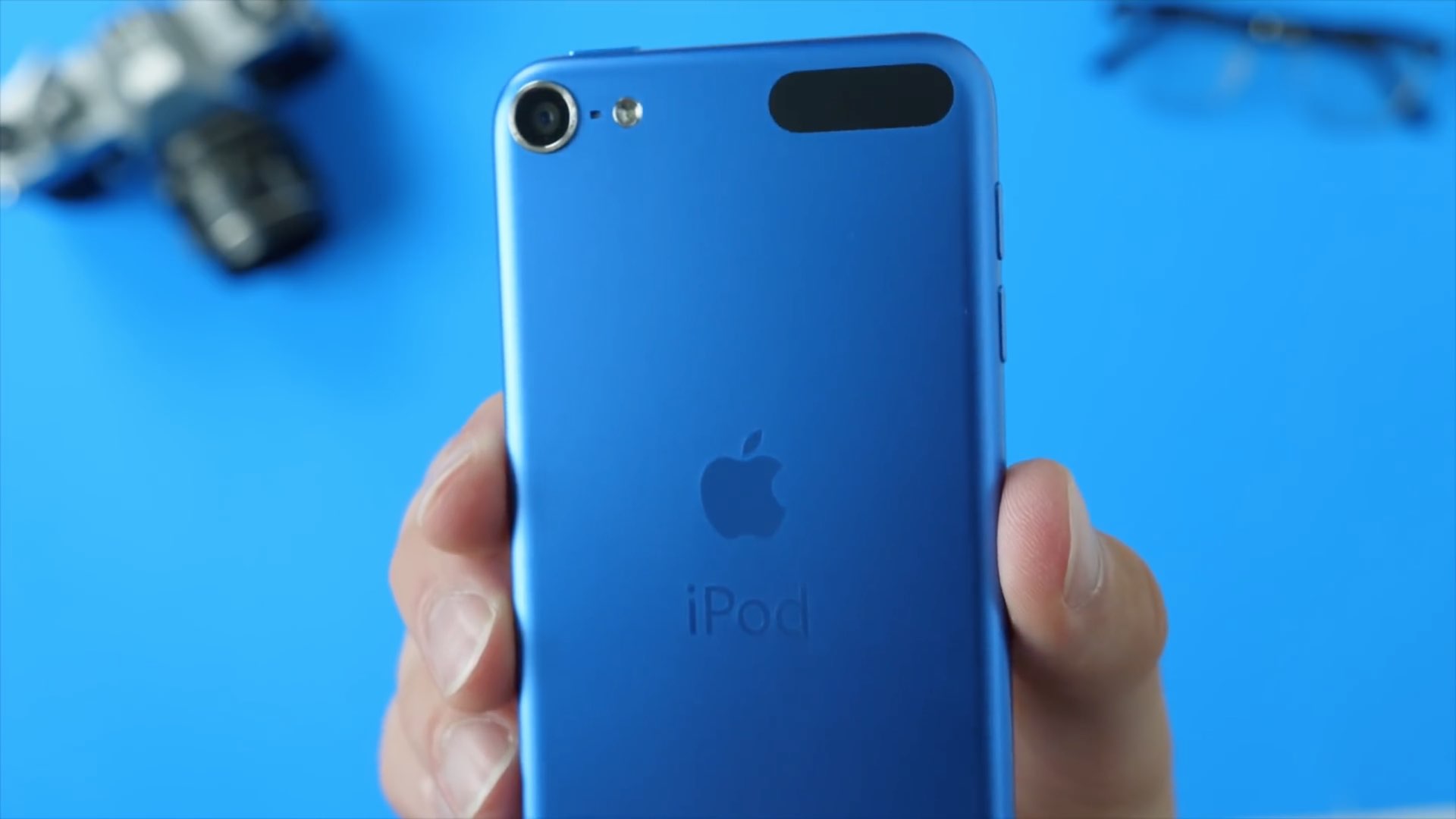
Apple gave the internals a mild update with a faster A10 Fusion chip, which brings Group FaceTime and other newer features of iOS like ARKit-based apps and games to the iPod touch. It’s also a decent handheld for Apple Arcade, which would come a few months later.
iPhone 11’s photo finish
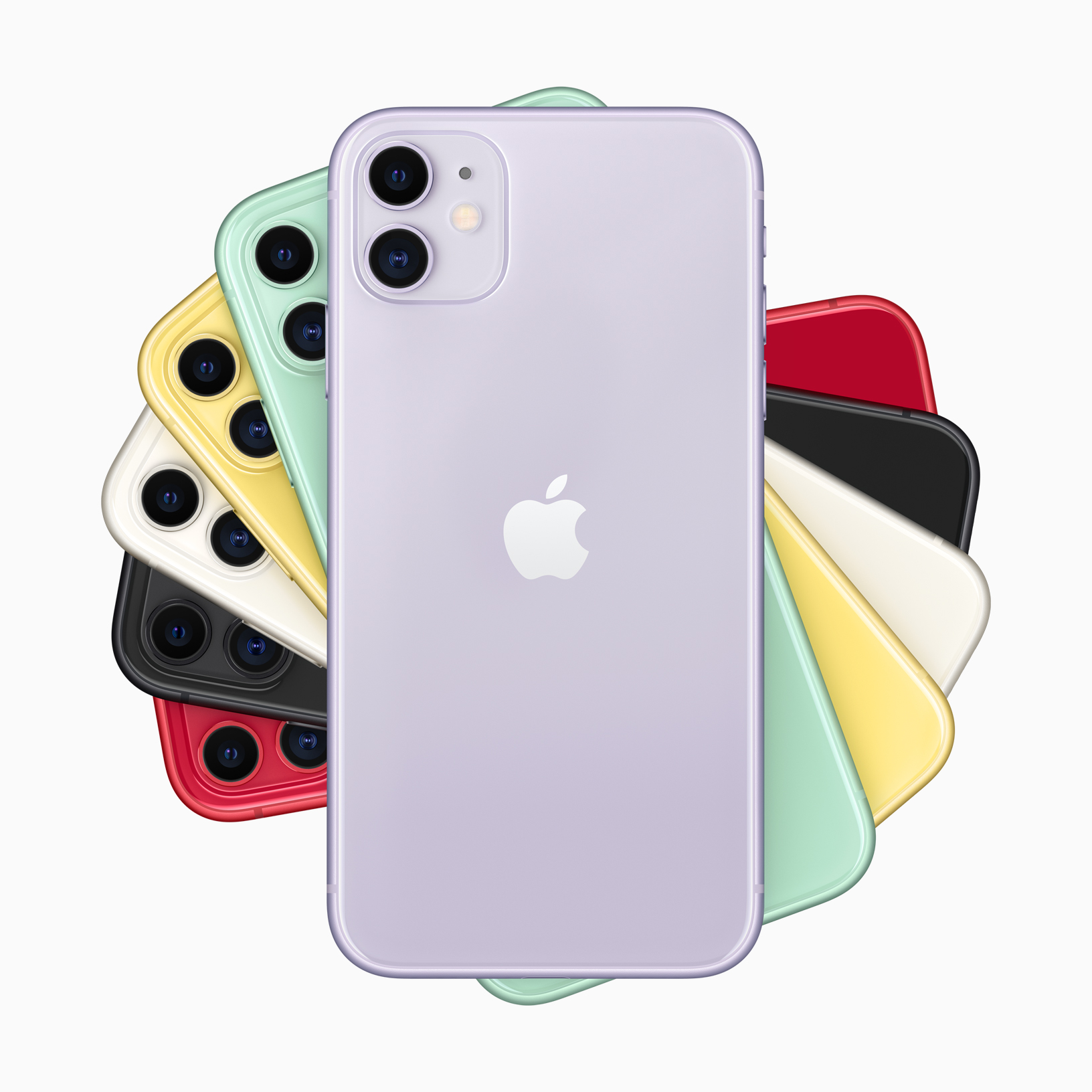
The A13 Bionic’s faster Neural Engine was put to the test with the release of iOS 13.2 after the iPhone 11’s launch, which exposed Deep Fusion – Apple’s neural image processing technology which makes it possible for the iPhone 11’s cameras to capture more detailed images and better photographs taken in low light.
The iPhone 11 sports a dual camera setup with both Ultra Wide and Wide camera lenses, while the Pro and Pro Max added a third Telephoto lens. Apple touts the cinematic capability of the new cameras
The iPhone 11, iPhone 11 Pro, and iPhone 11 Pro Max arrived with great fanfare in September. Dual-camera on the iPhone 11 and and a trio of wide-angle, super wide and telephoto lenses on the Pro models helped Apple to distinguish the photographic features right away. The iPhone 11’s lower price helps made it an even sweeter deal than the iPhone XR it replaced.
It would take until iOS 13.2’s release in October for the Deep Fusion computational photography features we’d been hearing about since the iPhone 11’s introduction a month before – when the capabilities of the new phones really began to shine.
iPad grows
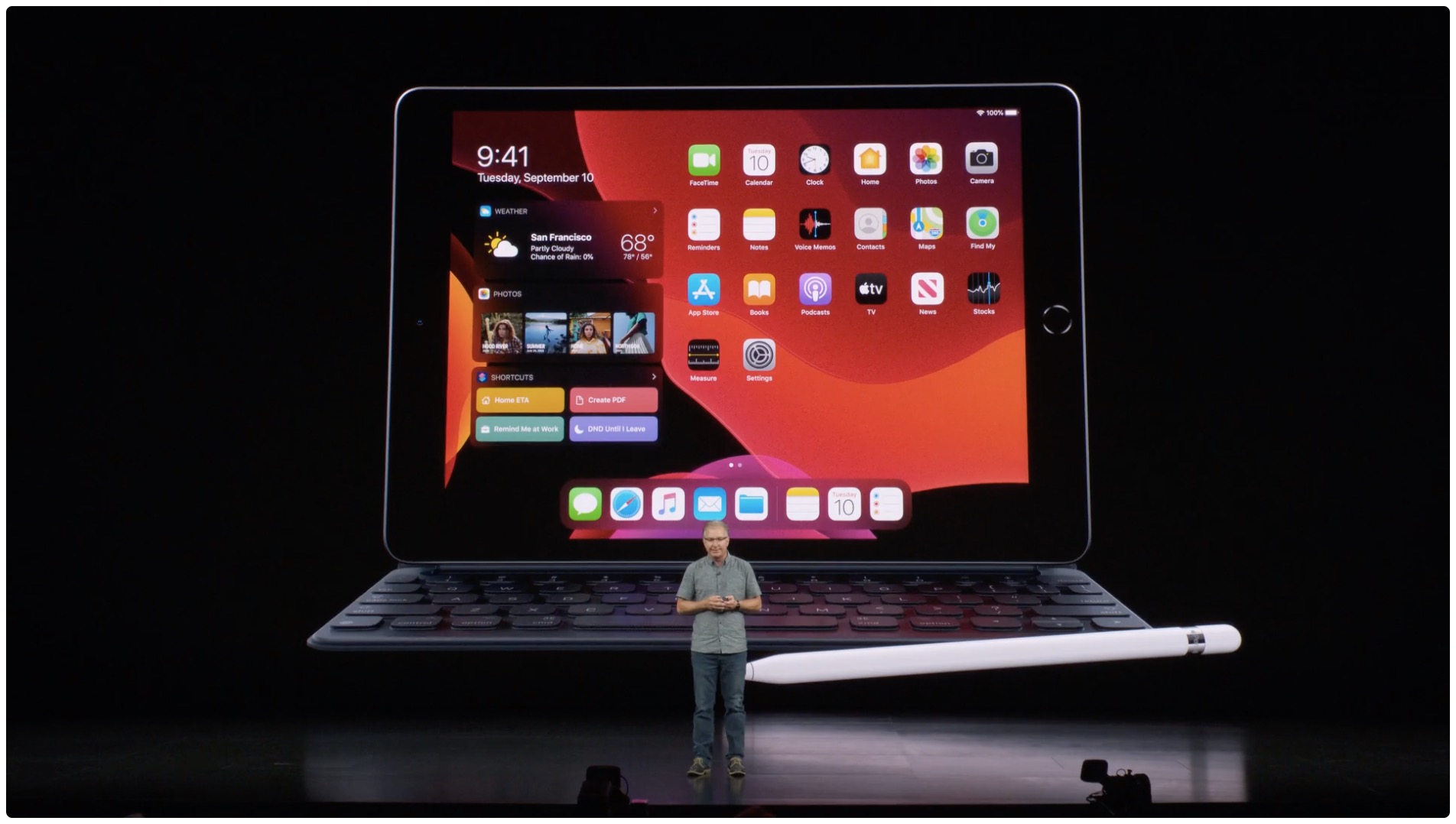
In retrospect, the bigger iPad was a harbinger of what Apple would follow in November with the MacBook Pro, whose new 16-inch model replaces a 15-inch form factor that’s been a cornerstone of a decade and a half of Mac laptops since the PowerBook days.
The 7th generation iPad added Smart Keyboard support, making it a versatile choice for iPad users looking for a powerful convertible solution provided True Tone isn’t necessary or desirable. The A10 chip inside aligned the 7th gen iPad along with the iPod touch at the low end of Apple’s current iOS/iPadOS lineup.
Welcome to 2020
It’s a new year. and we went 2019 without a whisper from iPad Pro. A much faster iPad Pro with much better photography seems a sure thing, and the model is due for a refresh.
Speaking of iPad, I can’t wait to see what 2020 brings iPadOS. When the iPad debuted 10 years ago I tried like heck to shoehorn it into my workflow and failed miserably. The iPad Pro and iPadOS have brought the platform so much further than I could have imagined 10 years ago – and finally to a place where I can see making an iPad Pro or even an iPad Air my primary computing device. Well, almost, anyway. Maybe this year.
Apple suppliers are ramping up production in anticipation of strong demand for 5G products once they’re available. Nationwide 5G rollouts are underway, and by the time Apple replaces the iPhone 11 series with another flagship phone, it will be an important deciding factor for consumers.
We’ve gotten a lot of rumors about the future iPhones – everything from iPhone 4-like metal frames to four OLED models to the eventual elimination of the Lightning port (not this year but maybe next). For now we’ll have to wait and see. When we’ll see new phones is the question. September is the safe bet for Apple’s next flagship model, but will an iPhone successor finally take the place of the SE? We will see.
With January almost half done, we can start looking forward to the next few months for new announcements from Apple – not just in iOS, either – Mac, wearables, services – there’s a lot coming a lot for us to look forward to in 2020 and beyond.
What are you looking forward to in from Apple this year? Let me know in the comments.